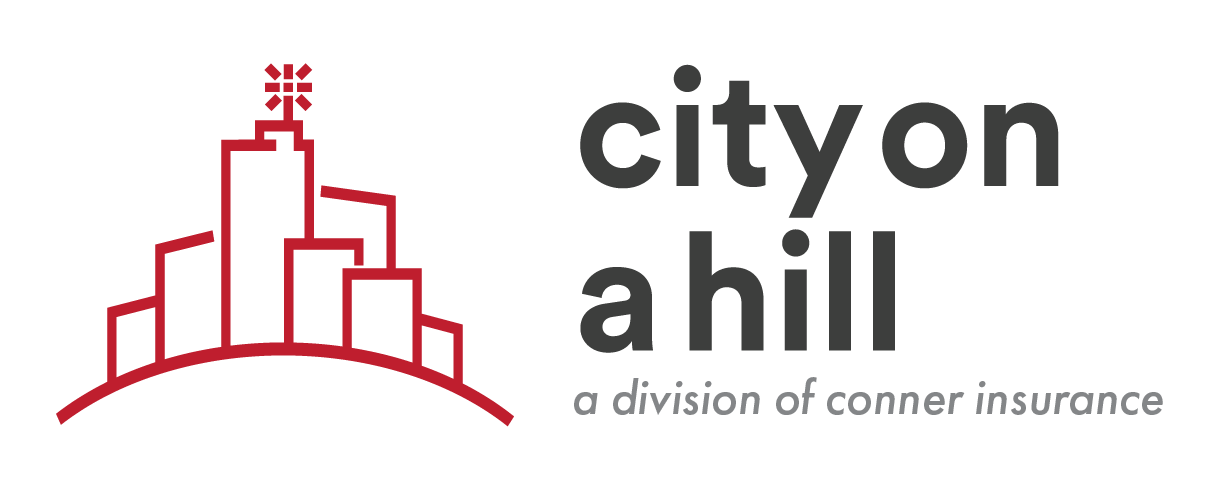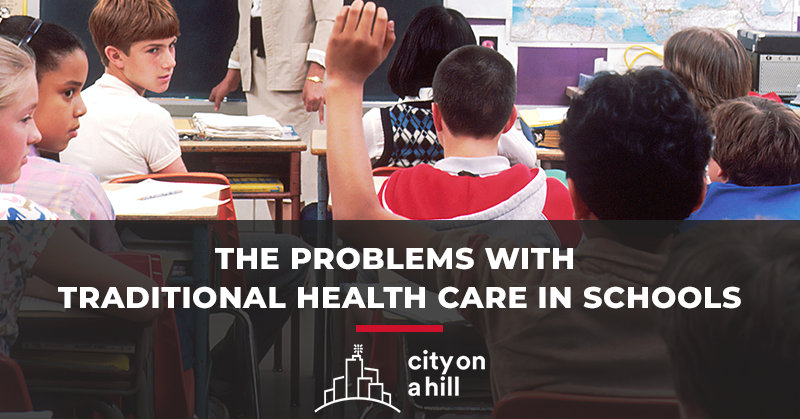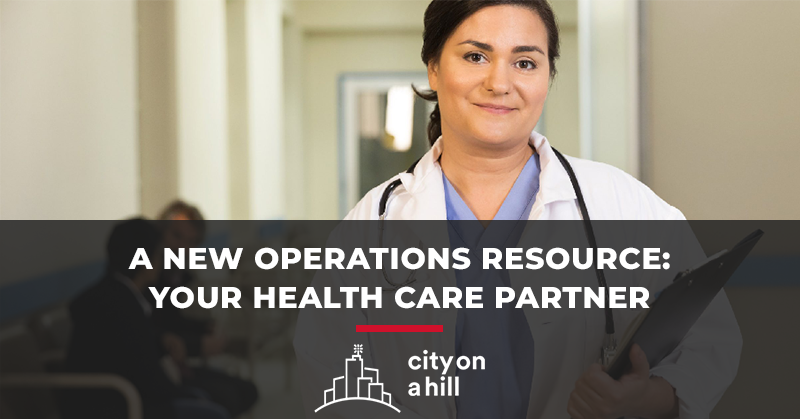Move from Reactive to Proactive with Your Benefits Plan
2020 was not an easy year for educators, big or small, public or private. In the chaos of COVID-19 and the rollercoaster of regulations, directives, and mandates that followed, many private schools spent the year in survival mode. Forget the strategic plan. How do we immediately transition our classrooms to distance-learning? How do we keep our faculty and students safe if in-person education resumes? How do we navigate planning and structure when we aren’t even sure what tomorrow holds?
Turning the calendars over to 2021 does not eliminate these challenges, and you’re probably still contending with your share of obstacles, but the dust is starting to settle. Elections are behind us. Vaccines are being administered. We can start to shift our thinking away from emergency problem-solving and toward the strategic initiatives that are important to you, your employees, and your students.
Strategic Benefits Planning for Christian Schools
Strategic planning is not a new idea for you. However, given the intensity of the crisis you have endured for the last several months, you may find it difficult to step away from the day-to-day to think broadly about your organization and what could come next.
We’re having these discussions with our own teams and also with our clients. Here’s the process we recommend:
- Revisit your old plan. Though many variables and specifics may have changed, reviewing your most recent strategic plan can help you to reframe your broader goals and focus your perspective.
- Run a SWOP Analysis. A SWOT analysis stands for strengths, weaknesses, opportunities, and threats. We have a more proactive mindset, so we think of threats as priorities instead. Regardless of your exact approach, this classic planning tool can help you to understand your current situation and reveal places you might go.
- Talk to expert advisors. You can’t be expected to know everything, and your SWOP exercise may uncover questions that you aren’t in a position to answer. That’s okay. Talk to your trusted partners in your network so that you can make more informed decisions by leaning on their expertise.
- Make a timeline. Map your plan to a timeline, setting key execution milestones that are both reasonable and practical. Without a plan for how you actually bring your strategic plan to life, many of your important ideas can get stuck on the shelf.
- Revisit and recalibrate. 2020 showed us that everything can change, and it can change quickly. Your strategic plan should be malleable and adaptable, but that means taking the time to periodically reassess and reevaluate your progress and the realities facing your organization.
Make Every Dollar Count
With the volume of revenue funneled into employee benefits plans for the average organization, benefits should be a component of your strategic plan. It’s not the only priority, of course, but in an age where you may need to rapidly shift resources or, perhaps, build entirely new systems for delivering education, having more agency over your budget is a huge advantage.
In any case, your strategic plan needs your attention, and soon.
You don’t have to figure out any of this alone. We’re happy to share what we’ve learned from our work and from our clients at any time.





